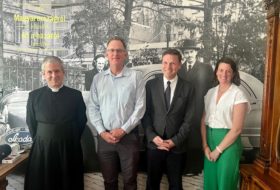After two thwarted attempts to return, King Charles was deprived of his Hungarian throne in November 1921. He was subsequently exiled to the Portuguese island of Madeira in the Atlantic, where his family soon faced serious difficulties.
A few months after their arrival, a local banker came to the aid of the royal family, offering a small summer villa on the side of Monte Mountain. The chateau was almost uninhabitable in winter and early spring due to the lack of heating, but in the sweltering heat of the summer months, at 800 meters, it was an ideal holiday home. In February 1922, keenly aware of his limited financial resources, Charles decided to move in immediately.
On March 9, 1922, King Charles took his two eldest children, Otto and Etelka, to the city of Funchal to buy a gift for little Charles Lewis for his fourth birthday. On the mountain where they resided, the air was foggy, cold and humid, while in the centre of the city it was sunny and almost tropical. On the way home up the hill the king felt hot, but was ill-prepared for the cooler weather at the top of the mountain. A few days later, Charles went down to Funchal again. After his return, he had a general feeling of weakness, and started to cough. On the following day his temperature was very high. Because of the delay in receiving medical care, his illness worsened, gradually turning into pneumonia and influenza. When the doctors finally arrived, Charles was in a very weak state. They attempted all the therapeutic options of the time, giving him camphor, turpentine and caffeine injections. In their final despair, they used cupping therapy around the spine to suck the infection out of the body.
Despite his condition, the king, according to the accounts of those with him, never complained of his pain or suffering. In fact he was more concerned about problems affecting the household and the possibility of him infecting others. He was also afraid that Queen Zita might catch the disease, which in her situation – in the seventh month of her pregnancy – could have been fatal. Some of the children became ill. Until the last morning, the queen staunchly believed that her husband’s willpower would eventually help him overcome the disease. The king’s condition, however, worsened.
When Pál Zsámboky, the king’s chaplain, administered extreme unction, young Otto was also in the room at Charles’s request. He was deeply moved by what he saw. On his deathbed, the king prayed for Otto, his family, and the prosperity of his people. The following day, Saturday, April 1, 1922, shortly after noon King Charles IV passed away, aged only 34 years.
Lasting from January 1918 to December 1920, the Spanish flu was one of the most severe pandemics in human history. It infected about a quarter of the world’s population. The death toll is estimated at anywhere from 20 million to 100 million, which makes it the second deadliest pandemic after the ’Black Death’ plague pandemic in the 14th century.
In 1918 the first wave of the Spanish flu caused more casualties than the entire First World War. After 1919 it mostly subsided, but there were several aftershocks. It is believed that one of these reached Madeira. According to some assumptions, the pathogens remaining on the closed island may have been more dangerous and Charles had suffered from a chronic lung problem for years, making him more vulnerable. The locals knew that lung disease was prevalent in Madeira, and the situation had worsened during the pandemic. But they obviously didn’t want to scare the visitors, at the start of tourist season, around the Easter week. All in all, the king was struck by the disease in a very difficult life situation: in exile, after the collapse of his former empire, in the midst of overwhelming financial and political problems. At the same time, he spent the last period of his life in a loving family environment, bearing his illness with the utmost mental peace.
After the death of Charles, the nine-and-a-half-year-old Otto von Habsburg became heir to the throne. The widowed queen as legal guardian soon declared Otto’s claim to the throne in a statement. At the age of 18 Otto became the head of the Habsburg dynasty.
Szilveszter Dékány
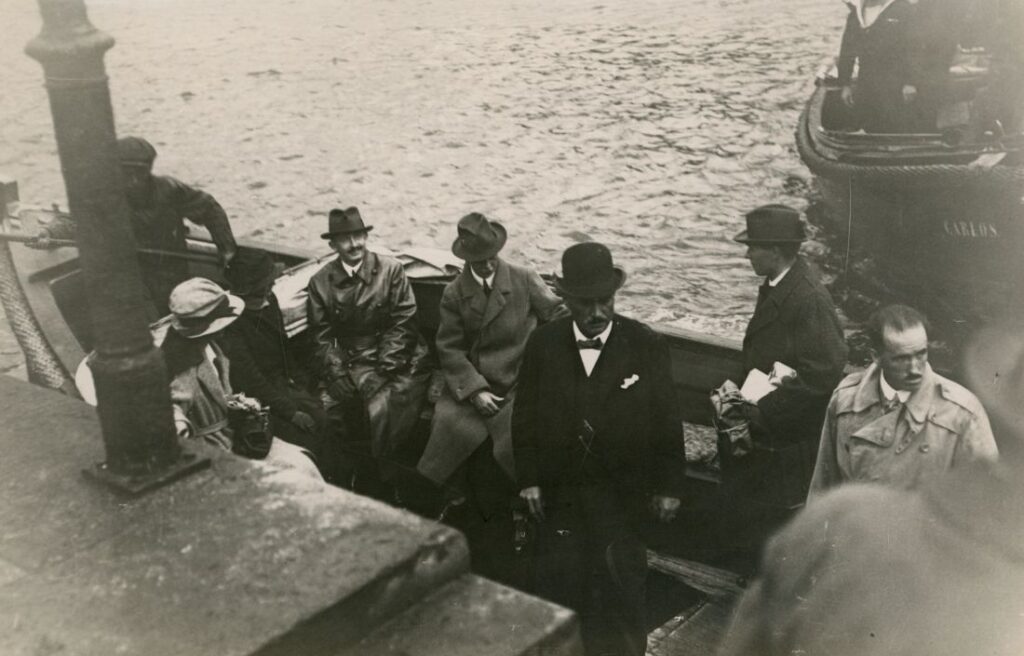
Arrival on the island, King Charles accompanied by Queen Zita and Count József Hunyady

On the road to the fair in Funchal
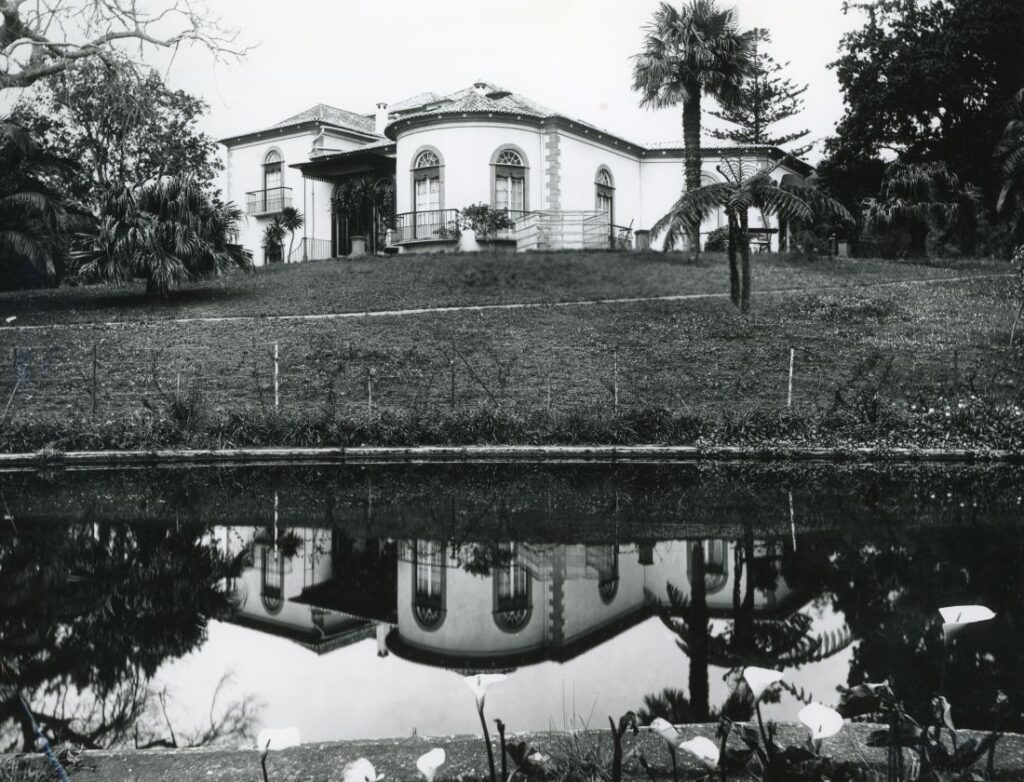
Villa Quinta do Monte

Children in the garden of the villa (Otto on the left)
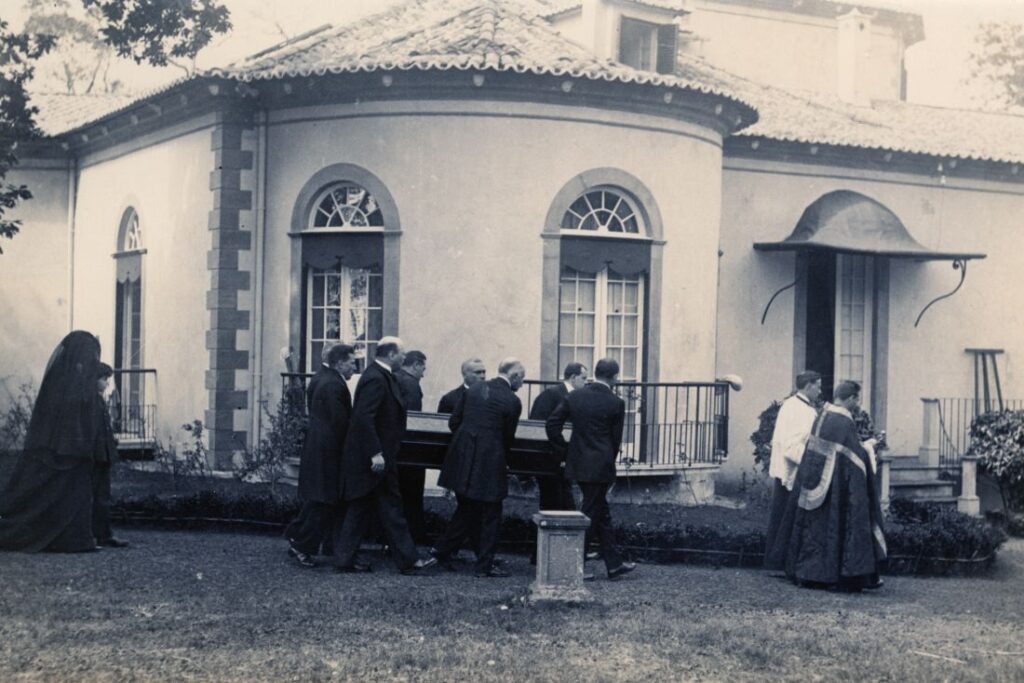
Funeral of King Charles
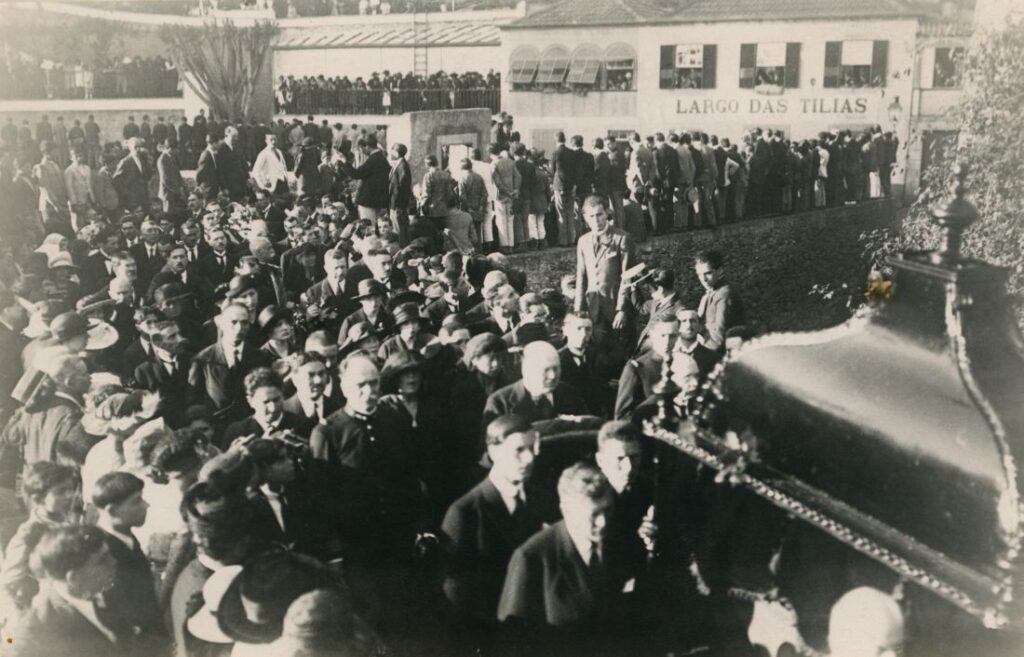
Funeral procession
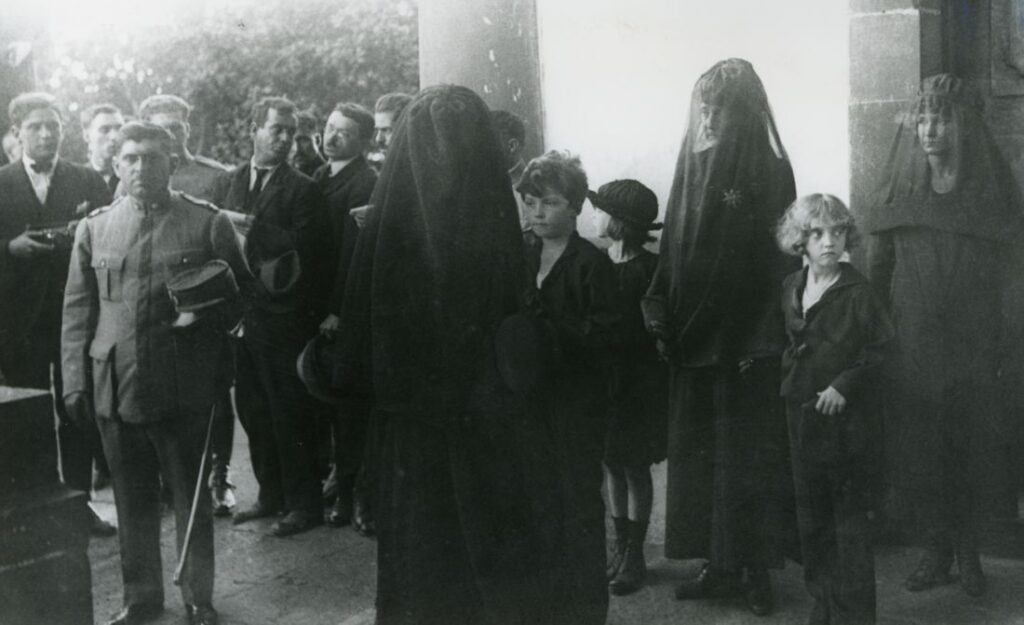
At the funeral of King Charles, in the foreground Queen Zita and Prince Otto
The source of the images: Otto von Habsburg Foundation, Photo Collection


